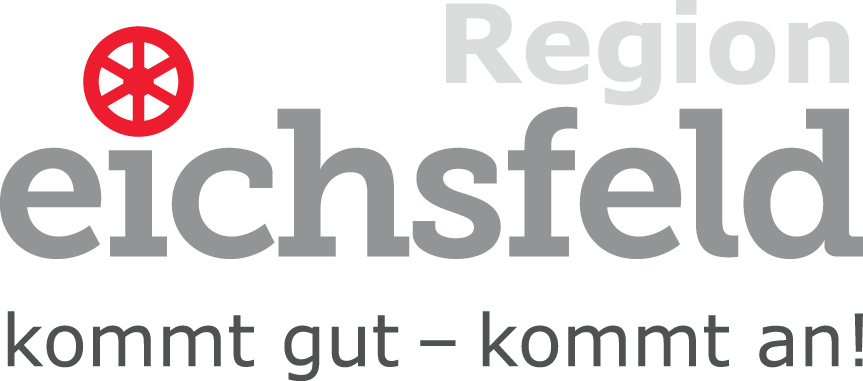Worbis - the Half‐timbered Town
The district of Worbis is located in a valley basin bounded by the heights of the Klien and the Ohm Mountains. The highest peaks of the Ohm Mountains rise to 535 meters.
A watershed between the Elbe and the Weser separates the source areas of the Hahle (to the Weser) and the Wipper (to the Elbe). With around 4700 inhabitants, Worbis is the second largest district in the city of Leinefelde‐Worbis.
The origins of Worbis lie in a Slavic (Wendish) settlement. The economic development of the place was favored by its location on the old trade and later military road. It connected Mühlhausen in northern Thuringia with the Lower Saxony and Westphalia region.
As early as 1255, the Counts of Beichlingen elevated the place, first mentioned in 1162, to a town. Today Worbis is a member of the Deutsche Fachwerkstraße. If you take a look at the historic town center of Worbis, you will notice the many beautiful half‐timbered buildings. The majority is dated to the Baroque to Biedermeier period, but some half‐timbered buildings are much older. The worth seeing office building or “Rentamt”, built on the foundations of the moated castle, dates back to 1575, and today this house is part of the city administration.
The monastery church “St. Antonius” is one of the most beautiful churches in the Eichsfeld and belongs to the former Franciscan monastery, which is being converted into the new seat of the Leinefelde‐Worbis city administration.
The Bear Mile runs through the city center of Worbis. Here children are invited to discover Worbis and learn about bears, their diet, the bear as a symbolic animal and Indians. The bear mile indicates the alternative bear park, which was built on the outskirts instead of the for‐ mer zoo. In the Bear Park, bears live peacefully with wolves and often experience the great out‐ doors for the first time in spacious open‐air areas.
Worbis - the Half‐timbered Town

























